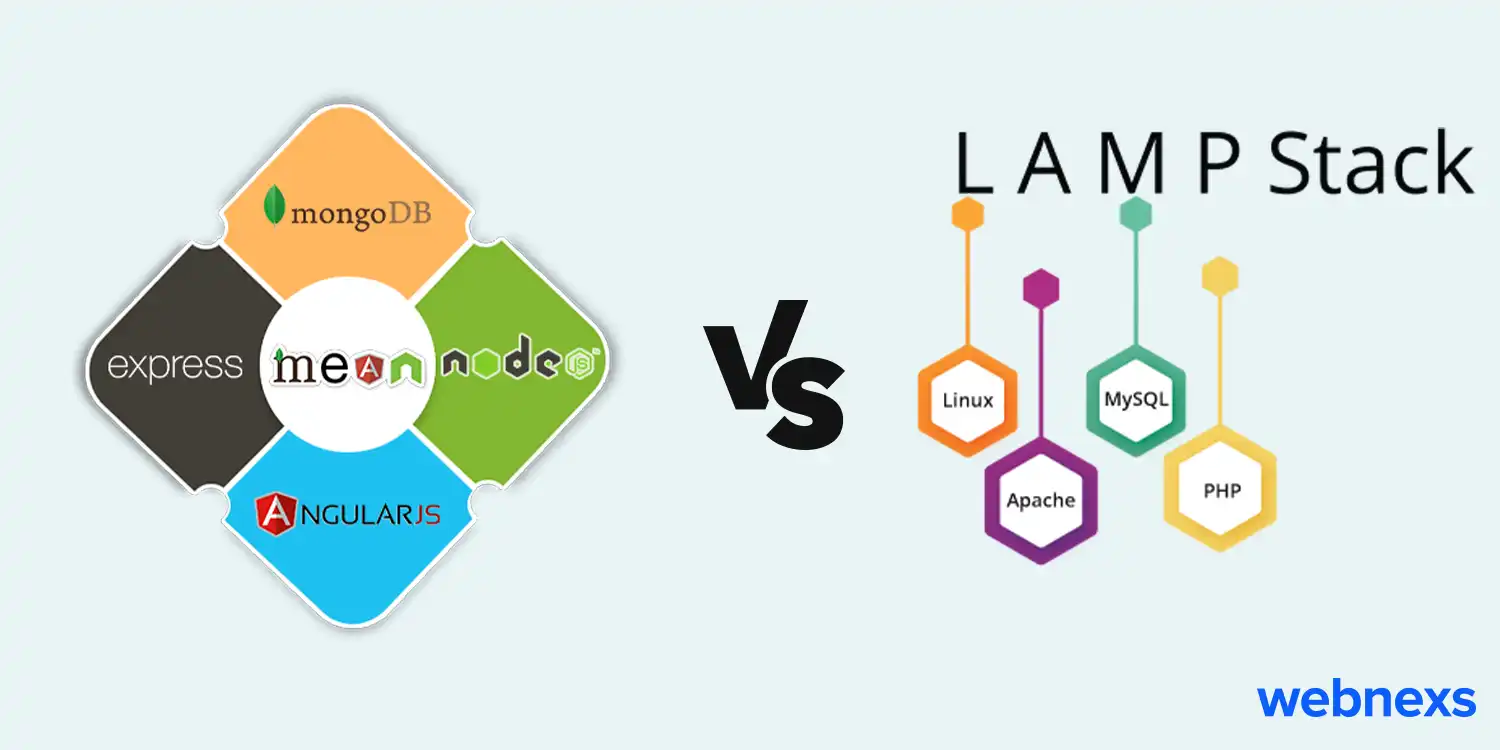Both the lamp stack vs mean stack plays a predominant role in web development. Many organizations around the world are in demand to develop enterprises level applications.
All those applications serve consistent performance, scalable, and efficiency. As each makes it harder for developers to choose.
LAMP vs MEAN are two prominent development stacks for web development. And even though they use several other technologies for backend, server, and databases.
There has been a lot of confusion in choosing between these mean stack vs lamp stack. In this article, let’s go deep about both the web stacks and differentiate them.
Develop Web Application With LAMP or MEAN
What Does MEAN Stack Stand For?
MEAN stack is an open-source and free-of-cost stack that helps in the quick creation of web-based applications. It is one of the most adopted stacks in recent times. The ultimate thing about the MEAN stack is that it uses the same language(i.e., Javascript) at every step of the application development process.
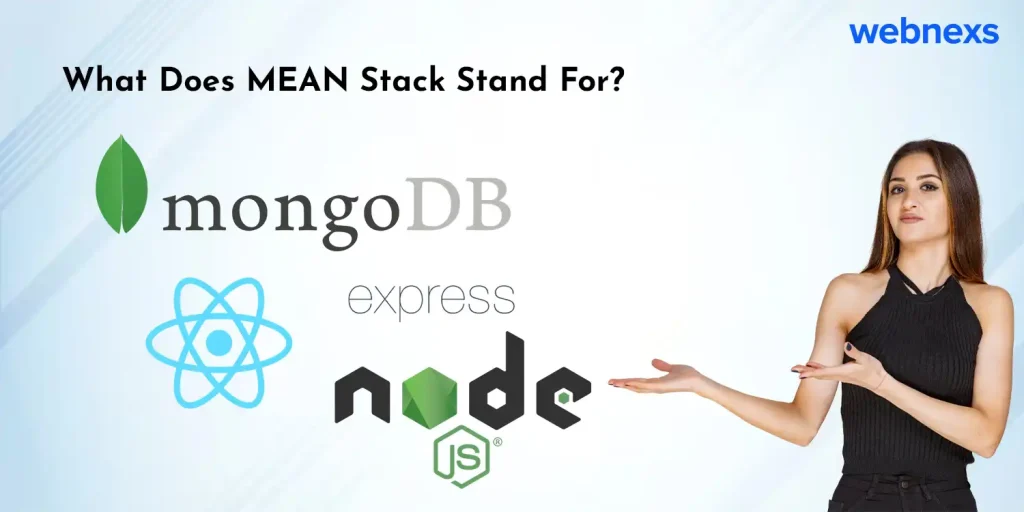
MEAN stands for MongoDB, Expressjs, Angularjs, and Nodejs.
- MongoDB – Database
- Expressjs – Server-side application framework
- Angularjs – Client-side application framework
- Nodejs – Server-side run time environment
As with many developers, this stack is the one technology that fulfills all the requirements for efficient development in the best possible way. The database stores data in JavaScript Object Notation (JSON) format. Many big companies, namely Google, Uber, and Netflix, use Mean Stack, i.e., all those companies that use a ‘NoSQL database’ like MongoDB.
Read More: What is the future of MEAN stack in web app development?
What Does LAMP Stack Stand For?
Lamp full stack is one of the powerful open-source web server stacks. It is a web development framework that helps you to build an extensive and secure application. When it comes to a big package of web application development, the LAMP full stack is a good choice. Besides, it provides excellent support to dynamic database-driven websites. LAMP stands for Linux, Apache, MySQL, and PHP.
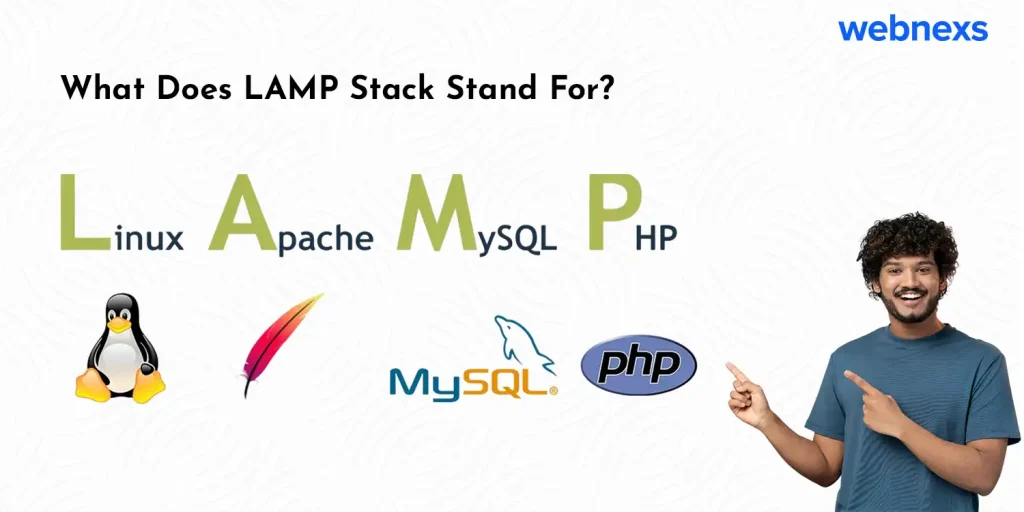
- Linux – Operating system
- Apache – Webserver
- MySQL – Data storage
- PHP – Scripting language
It provides an excellent solution that supports customization, flexibility, and cost-effectiveness and has numerous libraries and tools that support developers to create web applications much easier.
Lamp Stack Vs Mean Stack: A Comparison Table
The following comparison table provides a summary mean vs lamp of the below discussion:
| Comparison elements | LAMP Stack | MEAN Stack |
| Operating system | Linux OS only | Cross-platform |
| Database | MySQL, a relational database | MongoDB, a non-relational database |
| Mainstream supporters | Oracle foundation and Linux foundation | IBM, Samsung, Google |
| Technology | Linux. Apache, MySQL, PHP | MongoDB, Expressjs, Angularjs, Nodejs |
| Structure | A complex blocking structure | A neat non-blocking structure |
Read More: What is MERN stack and why is it best fit for web development?
MEAN Stack Vs LAMP Stack – Differences
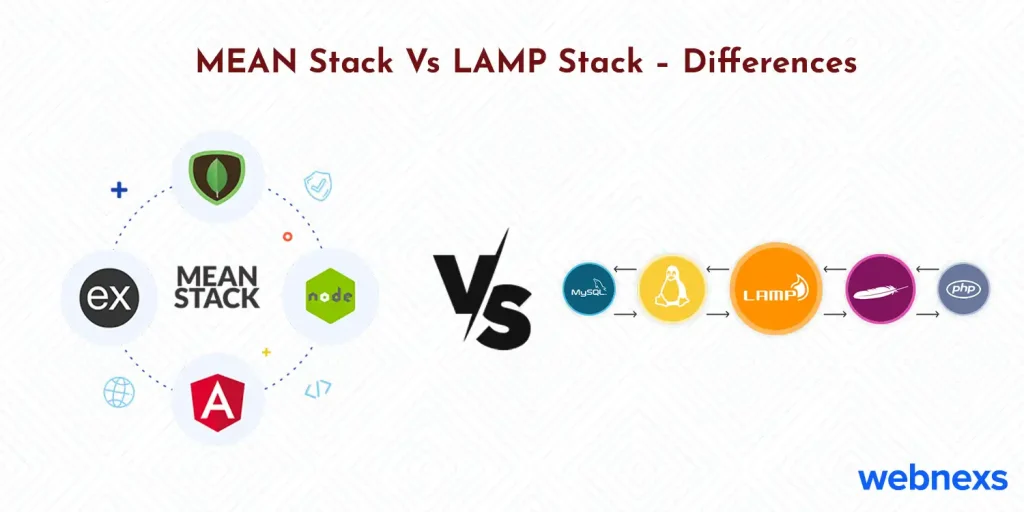
1. Operating System
Unlike LAMP, MEAN stack allows developers to utilize web applications on any OS that actually supports Nodejs.
LAMP stack allows developers to utilize web applications on Linux OS only.
2. Programming Language
In MEAN stack, the components are not interchangeable. But still, it helps developers in faster coding by using JavaScript on both the client and server sides.
LAMP allows developers to code mostly in PHP as it provides better support of PHP than other programming languages. It also enables developers to choose other languages like Python or Perl as the components in their web stack.
3. Web Server
MEAN stack deploys a Nodejs powered web server. These web servers are lightweight and provide non-blocking and event-based web servers.
While LAMP has Apache Web Server as its component, which is more mature and robust than another web server.
4. Security And Reliability
MEAN stacks generally run faster when compared to other web technology, and it provide more security layers to avoid data exposure in an application.
LAMP stacks come with the most secure and reliable architecture.
5. Ease Of Access
MEAN stack offers a stabilized way to build your website and supports developers with some intensive functionalities to run your server.
Lamp stack allows interaction between end-users and the source. Utilization of PHP and MySQL will ease the coding even simple.
Read More: What is the Nodejs web server and how to build it?
Why Choose MEAN Over LAMP Full Stack?
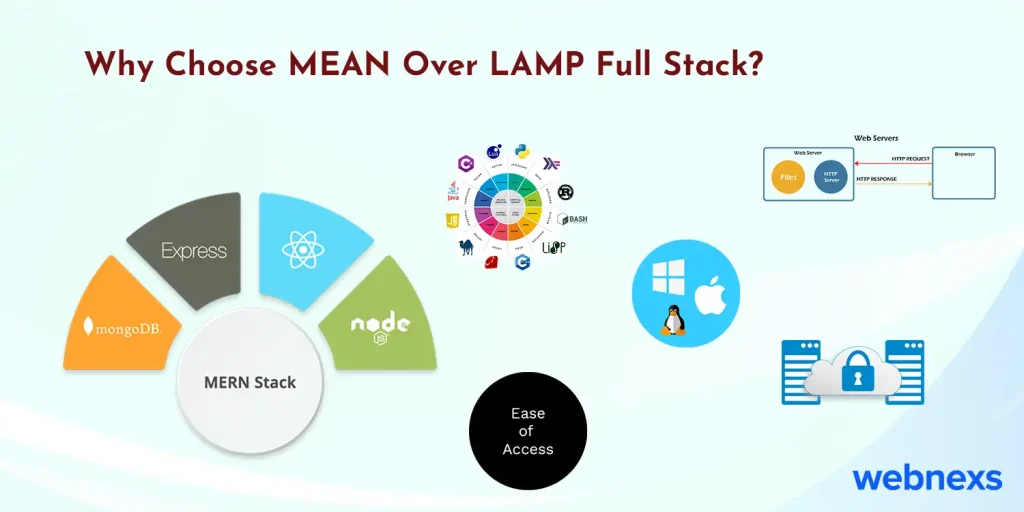
Choosing MEAN stack over LAMP stack comes with you the following advantages:
- Enhanced speed for data retrieval
- Flexibility in deployment
- One language for all stages of development
- Dynamic user-interface with an attractive look.
- JavaScript code can be used on both the server-side and the client-side.
Read More: Basics of full-stack development: A tool for creating complex application
LAMP Vs MEAN Conclusion
You need to consider the most important factor, which is that the LAMP stack is more convenient to use. But MEAN is a full-stack JavaScript and is now winning the battle. And becomes the top priority of web development companies to jump into the next level of web development.
So, make sure that you consider the user behavior before choosing to develop a web application with Mean Stack.
Contact us to book a free web development consultation today.
Develop Web Application With LAMP or MEAN

